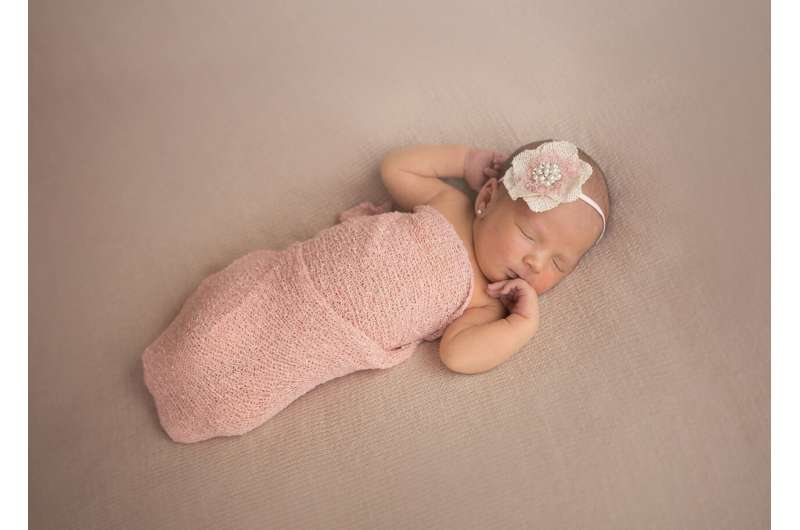Austin ER doctor reminds how to keep babies safe while they are sleeping

In the 1990s, the National Institute of Child Health and Human Development’s safe sleeping campaign reminded us all of “back to sleep,” as in “put your baby on her back when you put her to bed.”
It worked. More parents put their babies on their backs and the rates of sudden infant death syndrome went down from 130.27 per 100,000 live births in 1990 to 33.3 per 100,000 live births in 2019, according to the Centers for Disease Control and Prevention.
Rates of accidental suffocation and strangulation in bed for infants have increased in the same time period. Those rates went from 3.44 per 100,000 live births in 1990 to 25.5 per 100,000 per live births in 2019.
Unexplained causes of death in bed also have increased slightly from 20.87 per 100,000 live births to 31.3 per 100,000 live births. The three—SIDS, unexplained deaths, and suffocation and strangulation—are considered sudden unexpected infant deaths.
There are some factors that increase a baby’s risk factor for SUID, including being born prematurely or at a low birthweight or having a mother who smoked.
Another big risk factor is where the baby is put to bed.
A new report from the American Academy of Pediatrics found of the incidents that were entered into the CDC’s Sudden Unexpected Infant Death Case Registry from 2011 to 2017, 72 percent happened in an unsafe sleeping environment, and 75 percent of those that were caused by suffocation happened when the baby’s airway was blocked by soft bedding.
Dr. Shyam Sivasankar, a pediatric emergency medicine physician at St. David’s Children’s Hospital, says when babies come into his emergency room not breathing, or after having had a near fatal suffocation event, the first thing he says is “tell me where they are sleeping.”
Often the baby is co-sleeping with an adult, he says, and the baby gets caught in adult blankets or pillows.
That’s when he’ll reiterate how important it is to put baby to sleep in a crib with nothing in it.
Sivasankar recommends that exhausted parents who are getting up with babies in the middle of the night for feedings should set an alarm on their phones as a reminder to put baby back into the crib and not fall asleep with them in bed, on the sofa, in a chair or wherever they are feeding them.
Sometimes the suffocation or strangulation happens to a baby who is in a crib with a blanket or something else soft like a stuffed animal. Sivasankar often hears that parents think their baby is cold and so they give them a blanket. He recommends using warmer clothing or a wearable blanket or sleep sack to keep them warm instead of something that is separate and loosely floating around the crib.
Having babies sleep in an empty crib with just a fitted sheet needs to be followed for the first year of life, Sivasankar says. Even tools like wedges, which are used for babies with reflux, shouldn’t be used unless they are doctor-recommended.
Babies who fall asleep in car seats, swings, strollers or on a parent should be moved as soon as possible to their crib rather than allowing them to nap or sleep in one of those places, which are not recommended safe sleeping environments.
Car seats, strollers and swings also should be free of toys and blankets or other suffocation hazards in case a child falls asleep in one of those devices.
These deaths are “an unfortunate situation,” because they are preventable.
Source: Read Full Article
